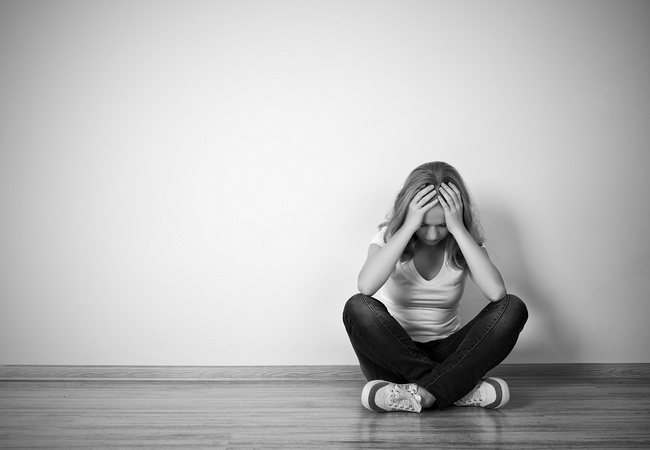- Make It Yourself Lavender Heart-Shaped Bath Bombs!
- 20 Things You Never Knew About “Down There”
- 12 Best Foods For Those Suffering From Arthritis Pain
- 12 Personal Hygiene Mistakes Almost Everyone Makes (Mom Never Told You About #4!)
- 15 Medicinal Plants And Herbs From The Cherokee People
- 12 Mind-Blowing Benefits Of Drinking Coconut Water During Pregnancy
- 12 Outstanding Winter Foods That Won’t Fatten You Up Like A Christmas Turkey
10 Super Ways to Deal with SAD (Seasonal Depression)

Photo credit: bigstock.com
Everyone has heard of the dog days of summer: those endlessly, unbearably hot days that seem like they will never end. Well, think of January and February as the penguin days of winter. These are the dark, freezing cold days that seem like they will never end. Do you find that you become unbearably depressed during these winter months? Not just a longing for summer, but a true depression that makes it almost impossible to even get out of bed in the morning.
It’s estimated that at least 2 percent of the American population suffers from seasonal affectiveness disorder, or SAD. Scientists believe that number is probably higher, as many people simply learn ways to deal with their depression or move to sunnier climates. Of course, in areas where sunlight is at a premium, like Alaska, it’s estimated that about 10 percent of the population experience the symptoms of SAD including a loss of interest in activities, difficult with concentration, overeating, excessive alcohol consumption, and fatigue.
Unfortunately, just like clinical depression, your chances of having SAD increases if your family has a history of depression or other types of mood disorders, Gender can also play a role as studies show that women are four times more likely to experience SAD than men.
What actually causes SAD? The European College of Neuropsychopharmacology published a study in October of 2014 that says it’s most likely a biochemical imbalance that causes this problem. When there is little or no sunlight, persons with SAD have a severe lack in the production of serotonin, the neurotransmitter that affects our appetite, sleep, mood, memory, and libido.
Even those who don’t suffer from a full blown case of SAD can still feel down in the dumps during the winter months. If you know that you have SAD or if you tend to get depressed during the winter months, you can start a preventative approach to minimize the winter time blues. We winterize our homes, our cars, and our patio furniture, so what’s so strange about preparing our bodies and minds for winter?
OK, so no one is suggesting hibernation as a solution, but there are plenty of things you can do to improve your mood and make the winter months easier to bear.
1. Keep Your Routine
Try to keep your regular schedule no matter the time or season. Many people discontinue enjoyable hobbies once daylight savings time kicks in and hide in their bedrooms with their DVD player. Even if it’s difficult to get motivated at first, you will find that you feel better if you make it to your regular brunch with friends, basketball games with the guys, or those weekly church meetings.
2. Dump the Sugar Habit
OK, so you already know that too much sugar adds to our waistline and puts us at risk for developing all kinds of diseases such as diabetes and cancer. Sugar also has a depressive effect on our mental health as well, according to research that shows that countries that consume the most sugar also have the highest rates of depression. Scientists believe that sugar limits the body’s ability to cope with stress and can make anxiety levels even worse.
Many people find that they crave sugar and starchy foods in cold weather because it gives you a temporary energy boost, but this is short lived and eventually it leaves you just as tired as you were before. Limit sugar and eat more protein, fresh vegetables, and fiber.
Continue to Page 2
































